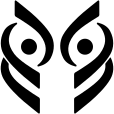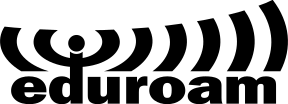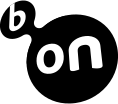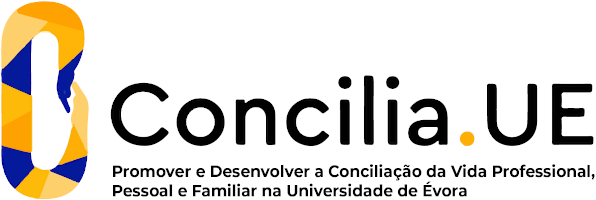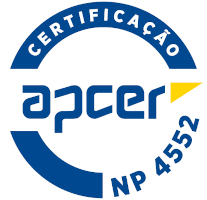2025
The Labour Market and Legal Aspects in Physical Activity and Health
Name: The Labour Market and Legal Aspects in Physical Activity and Health
Code: DES15033M
3 ECTS
Duration: 15 weeks/78 hours
Scientific Area:
Human Kinetics , Legal-Political Theory and International Relations
Teaching languages: Portuguese
Languages of tutoring support: Portuguese, Spanish
Regime de Frequência: Presencial
Sustainable Development Goals
Learning Goals
1) Know the aspects relating to the regulatory framework, international recommendations and national strategic guidelines.
2) Understand the main intervention models through physical and sporting activity with impact and benefits on the health of citizens and populations, as well as various skills inherent to the exercise of the profession.
3) Understand the panorama of the job market and employability mechanisms within the scope of physical activity, exercise and sport in the Portuguese context.
4) Acquire the critical ability to collect, interpret and communicate ideas, information and scientific knowledge, in written and oral form, organized in a coherent and logical way, on topics included in this curricular unit.
2) Understand the main intervention models through physical and sporting activity with impact and benefits on the health of citizens and populations, as well as various skills inherent to the exercise of the profession.
3) Understand the panorama of the job market and employability mechanisms within the scope of physical activity, exercise and sport in the Portuguese context.
4) Acquire the critical ability to collect, interpret and communicate ideas, information and scientific knowledge, in written and oral form, organized in a coherent and logical way, on topics included in this curricular unit.
Contents
1. Legal aspects of health in sport
1.1. International, Europe, Spain and Portugal
1.2. General skills
1.3. Declarations of Consent
2. Health models in sport
2.1. Specific skills, interdisciplinarity and work implications
2.2. Classical model, public health model and community model
3. Labor market in exercise and health
3.1. In public entities
3.2. In third sector associative institutions
3.3. In the private sector
1.1. International, Europe, Spain and Portugal
1.2. General skills
1.3. Declarations of Consent
2. Health models in sport
2.1. Specific skills, interdisciplinarity and work implications
2.2. Classical model, public health model and community model
3. Labor market in exercise and health
3.1. In public entities
3.2. In third sector associative institutions
3.3. In the private sector
Teaching Methods
Curricular unit organized into theoretical classes and tutorials, in accordance with the school regulations of the University of Évora. Theoretical classes are plenary and based on the scientific method, valuing information research, interpretation of results and a critical attitude and scientific rigor in students.
Student-centered teaching model, with active pedagogical strategies, making the relationships between the curriculum and its applicability to real problems implicit. We highlight the possibility of using the strategies:
a) application and understanding exercises, case studies, debates and video viewing;
b) articulation between moments of speech and audiovisual resources that facilitate understanding, attention and involve the active participation of students;
c) use of interactive digital resources, including the Moodle platform and collaborative software (e.g., Google sheets and Padlet);
d) collaborative approach based on team-based learning, to analyze/discuss
Student-centered teaching model, with active pedagogical strategies, making the relationships between the curriculum and its applicability to real problems implicit. We highlight the possibility of using the strategies:
a) application and understanding exercises, case studies, debates and video viewing;
b) articulation between moments of speech and audiovisual resources that facilitate understanding, attention and involve the active participation of students;
c) use of interactive digital resources, including the Moodle platform and collaborative software (e.g., Google sheets and Padlet);
d) collaborative approach based on team-based learning, to analyze/discuss
Assessment
Continuous assessment or by final exam considers the following parameters in the final classification:
» 10% for participation and attendance greater than 75%;
» 30% for group or individual task(s);
» 60% for final individual work.
Minimum grade of 9.5 in the task(s) and work.
» 10% for participation and attendance greater than 75%;
» 30% for group or individual task(s);
» 60% for final individual work.
Minimum grade of 9.5 in the task(s) and work.
Teaching Staff
- Mário Rui Coelho Teixeira [responsible]








